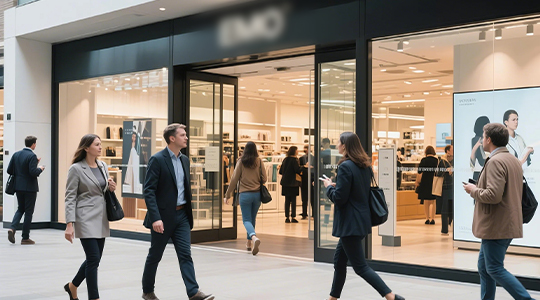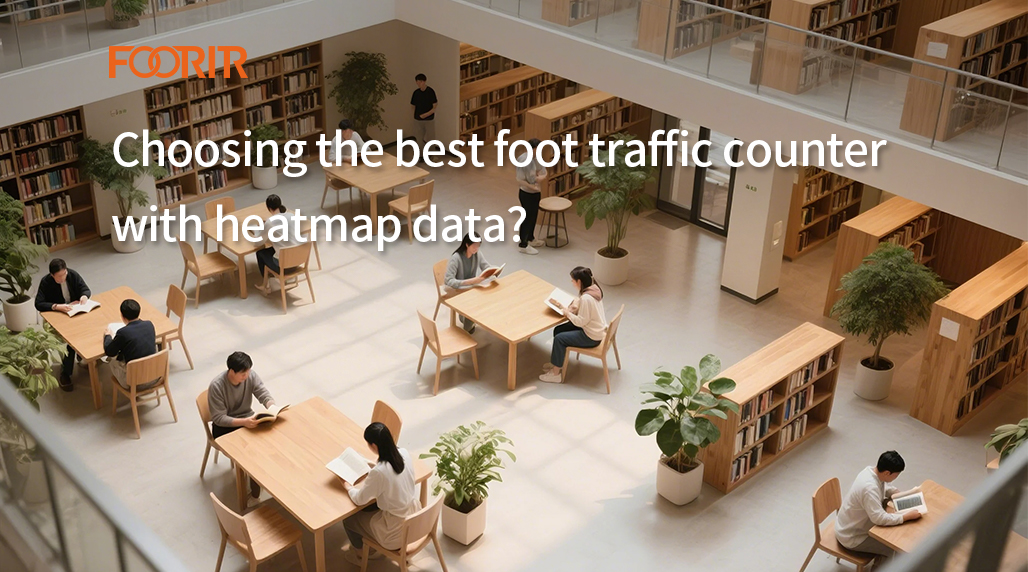Alright, let’s talk about counting people. Sounds simple, right? Point something at a door and count who walks in. I thought so too, initially. We had a few different projects pop up – a small retail store, then a local library, even a temporary setup for an event booth. They all wanted to know how many people were coming through.
So, first thing I did was grab some off-the-shelf foot traffic counters. You know, the basic beam-break ones, and later one of those overhead camera types that are supposed to be smarter. Easy peasy, I thought. Just install them and collect the numbers. Well, that didn’t quite work out.
Hitting the First Snags
The retail store had a wide entrance. The beam counter missed tons of people walking side-by-side. The overhead camera thing got confused by shopping carts and sometimes counted kids, sometimes not. The store owner wasn’t just after a total number; they wanted to get a feel for browsing groups versus solo shoppers. The standard counters gave us numbers, yeah, but numbers we just couldn’t trust for that purpose.
Then the library project came along. Different problems here. Staff were constantly walking in and out, often just near the entrance. The counter was going nuts, counting them multiple times. They also had big glass doors, and sunlight sometimes messed with the infrared sensors. Again, the raw numbers were way off from reality. We needed to somehow filter out the staff or only count people crossing a specific line deep inside.
The event booth was another beast. Huge surges of people during peak times, then dead quiet. The counters we had sometimes just couldn’t keep up with the rush, dropping counts. And placement was tricky with temporary structures.
Basically, the standard stuff was too rigid. It assumed every doorway and every counting need was the same. It clearly wasn’t.

Getting Hands-On with Customization
I got pretty fed up with unreliable data. Decided we had to make something more adaptable. Didn’t want to reinvent the wheel completely, but the ‘one size fits all’ approach was useless for getting meaningful insights for these different places.
So, we started tinkering. We played around with combining sensor types. For instance, maybe a basic overhead camera to see blobs, combined with a simpler beam break further in to confirm entry.
But the real key wasn’t just the hardware, it was the logic – the software side, even if basic. How could we make the counting rules adjustable?
- For the retail store: We worked on tweaking the overhead view analysis. Trying to identify clusters of ‘blobs’ moving together as potential groups. We also adjusted the counting zone to ignore movement right at the threshold, focusing more on people clearly committing to enter. We added a simple height filter to try and exclude small children if the client wanted that.
- For the library: Direction became key. We set up the logic to only count if movement went from ‘outside’ zone to ‘inside’ zone past a virtual line. We also tried lowering the sensitivity near the staff desk area, although that was tricky. Sometimes, it was easier to just accept some noise and adjust the final reports based on known staff schedules.
- For the event booth: Here, robustness was the main thing. We went for simpler logic – just count blobs crossing a line, but used hardware that could handle rapid counts. We focused less on complex filtering and more on just capturing the sheer volume accurately during the rushes.、

What We Ended Up With
It wasn’t one single magic device. It was more like a flexible approach. We had a core counting method, often using a simple camera connected to a small computer like a Raspberry Pi, but the crucial part was the adjustable settings. We made a simple configuration file or interface where we could tweak things on-site:
- Sensitivity levels
- Definition of the counting zone/line
- Directional logic (in, out, or both)
- Minimum blob size/height to count
- Maybe a basic grouping estimation logic toggle
It took trial and error at each location. We’d install it, watch it for a bit, compare with manual counts, then tweak the settings. Upload the new settings, watch again. Repeat until the numbers started making sense for that specific place and what they needed to know.
So yeah, building customizable foot traffic counters wasn’t about inventing new tech. It was about taking existing bits and pieces and adding that layer of flexibility. Making the rules changeable. Because every shop, library, or event space runs differently, and if you want useful data, your counter needs to understand that. The standard ones often just don’t.
